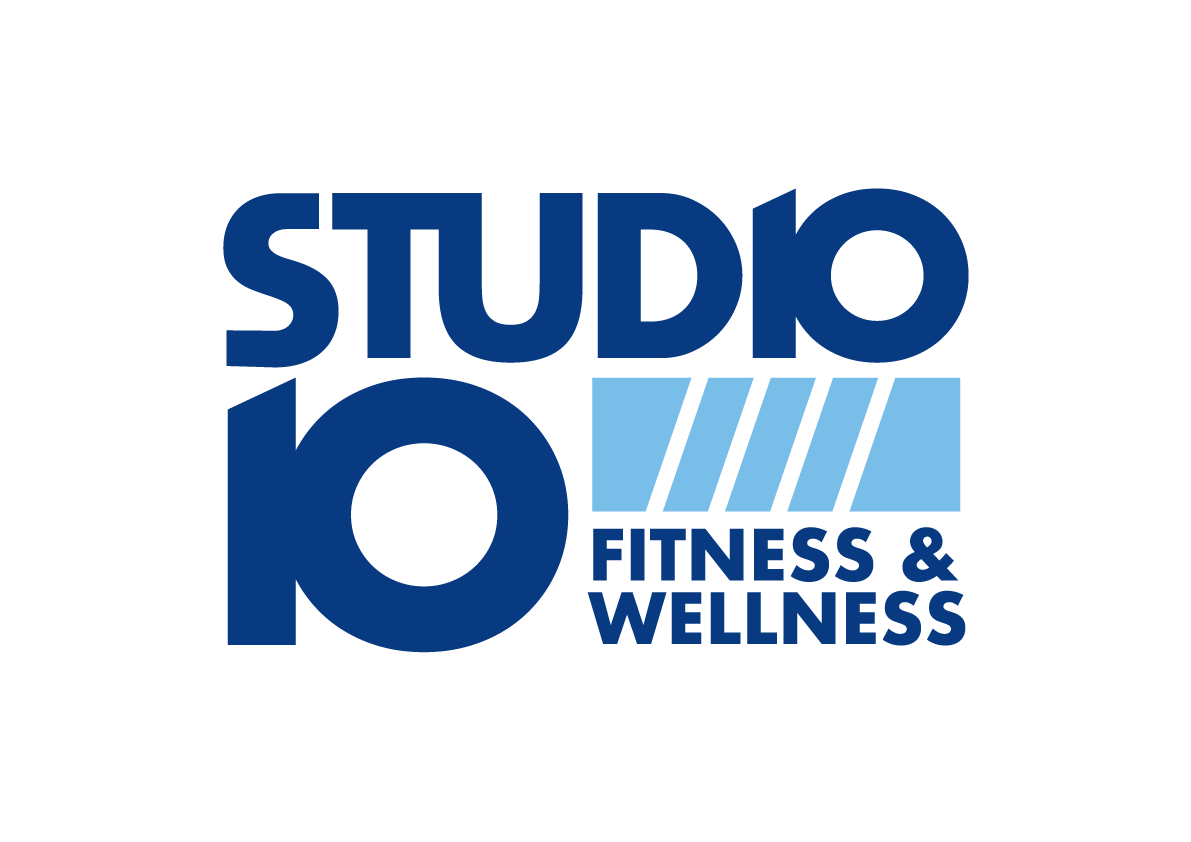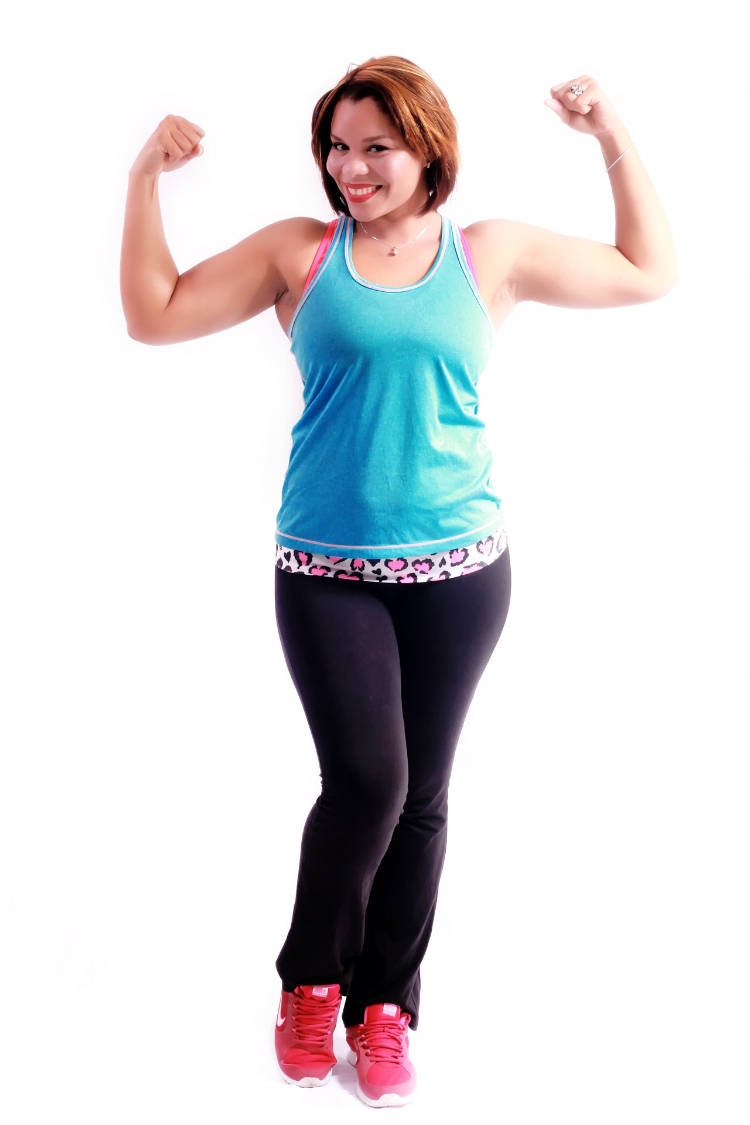Start your Fitness Endeavours with a KISS
I pity anyone embarking on a journey to fitness for the first time; it can be a confusing world - even for those on my side of the fence. Our largely unregulated industry is awash with programmes and personalities, each vying for their share of the limelight through promises of shredded, herculean physiques, reality TV star rear-ends, or ready-to-save-the-world levels of fitness. And on top of all the promises, there is also the mountains of 'stuff' ... Like no other I can think of, our business just loves to churn out new stuff - an endless stream of gimmickry accompanied by glossy infomercials and often dubious scientific evidence to support their claims. Some of this stuff has its place and makes its mark: TRX, Bosu, Kettlebells are good examples; but others end up as relics, gathering dust with the retired refrigerators and washing machines in people's garages, or littering the fields of car boot sales on a Sunday morning.
Where much of the fitness stuff we buy often ends up: The Car Boot Sale.
So if you're a beginner, just where do you start? In who do you put your trust? Which products, be they DVDs or the latest miracle machine, do you select? Well hopefully this piece will help you start your journey the right way, and dispel a few myths along the way.
Firstly you need to establish your goal, and more importantly write it down. But don't just scribble it down on a post-it note, take it a step further, and make your goal SMART. You'll be familiar with the acronym SMART, if you've ever worked in a results driven business or in sales; it means Specific, Measurable, Achievable, Realistic and Time-bound. Making your goal SMART takes it from being something you might have been muttering to yourself, like "I want to lose weight", to a more robust call to action like "I want to lose 15 lbs in 3 months, in time for my summer holiday; and I'm going to achieve this by changing my diet, and training for an hour, three days a week"... Sounds much more serious, don't you think?
The next thing you need to do is tell someone else about your goal, and give them a copy of what you've written down. But choose this person carefully... pick somebody with a positive outlook, and who has taken a similar journey in life, be this fitness related or other; someone who has bettered themselves successfully using their own determination and will-power. This person is there to help you through the hard times, and to get you back on track if you start drifting from your goal; so make sure they know this, because you're probably going to need them at some point on your journey.
Once you have cemented your goal, and sworn your commitment to your 'mentor', it's time to gather the tools you need to get the job done. And this is where so many can fall down as quickly as they've started; because once you open the door to the 'hardware store' of fitness, you can very quickly get lost in its aisle after aisle of wizardry, soon to be left wondering why you ever entered in the first place. So to make sure you find your way around, and eventually make it to the checkout, here's another important acronym for you: 'KISS'. It stands for Keep It Simple, Stupid, and is a leaf out of the books of 1960's U.S. Navy practice, where the principle of KISS states that systems generally work better the less complicated they are. It's a mantra that can be applied to many tasks in life, including getting into shape.
The term KISS or Keep it Simple, Stupid was reportedly first used by Kelly Johnson, an engineer at Lockheed, and used as a principle to ensure aircraft could be repaired easily in combat conditions using a standard set of tools. It can easily be applied to many tasks in life though, including getting into shape.
When applied to a fitness goal, KISS will help you cut out any unnecessary complication from the word go. But firstly, you need to understand that the one thing which will have the biggest impact on your results above all else is EFFORT; and no amount of clever programming or any super-duper, 'scientifically' backed, NASA engineered wonder machine is going to make a damned bit of difference without it.. Exactly how much effort you need to put in depends on the timescales you have set yourself, and your own limitations: If you are unaccustomed to exercise, have medical conditions or injuries, then you are going to have to build up gradually, because failing to acclimatise to training properly may end up putting you off for life (so avoid jumping into Johnny's Mind Melting, Fat Torching HIIT Class on day-1 of your routine). And putting in effort doesn't just relate to workload either; it also relates to discipline, and the will-power required to overcome those 'low' days that you'll undoubtedly experience. This is what makes real champions, and why the previously mentioned 'mentor' is going to be so important along the way.
Before getting started, you'll also need some decent clothes to exercise in. And I mean DECENT! Don't just drag out some old shell suit and a 90's Oasis T-shirt from your drawers; go and buy something that looks good, and will make you feel good when you are doing your thing. Ideally this should be of a material that wicks sweat away easily, rather than just cotton. And you should get a couple of changes so you aren't prevented from training because of your laundry schedule. Include a fleece or hoodie to wear on cooler days or while you're warming up.
Buy yourself some decent workout clothes before you start your training. You're embarking on an important journey in your life, so you should look good and feel good, and not just dressed like you're about to put up a shelf or clean the bathroom.
So now that you are dressed to kill, and have prepared yourself mentally for the journey ahead, it's time to apply the KISS principle to your training method so that you can get your body moving quickly. So keep it simple at first by doing things that don't require special skill and tuition. If you can walk, jog, swim or cycle, and even mildly enjoy any of these things, then make them your starting point. Even if your goals relate to building muscle or gaining strength, which may seem to have little association with walking or swimming etc., as a previously sedentary exerciser, you are still going to need a reasonable aerobic fitness base to get the most out of the more specialised training to come, so these important first steps are a crucial foundation.
After attacking your basic routine for a month or two, it's time to start getting more specialised. True fitness, whatever your main goal, must embrace a mixture of strength, endurance, agility and flexibility, so just walking or cycling isn't going to cut it in the longer term. But again, you can apply the KISS principle here, as specialising doesn't mean making things unnecessarily complicated. And it is at this stage that some professional help will be really valuable if you are to avoid being lured into a trend driven training mentality, which will only lead to a stop-start cycle. So go and book a consultation at your local gym, or with a reputable personal trainer, and talk to them about your goals. Ask them what they'd recommend you do to further your progress and, if you can, get them to show you with a brief taster session. If their answers involve a graduated programme with simple activities and minimal equipment at first, then the chances are you're in good hands. But if they're the type of trainer whose programmes are driven by one style of exercise (kettlebells, Pilates, HIIT, etc.) you should walk away, as you're likely to be force fed stuff that may not necessarily fit your profile or objectives at such an early stage. I'm not saying there's anything wrong with some individual styles of training, and elements of them may well feature in even basic routines; but when a style becomes the dominant training method just because the trainer specialises in it, the focus often shifts away from the real needs of the exerciser. But assuming you've found a good professional, you should now consider joining the gym, or taking out a course of PT. And even if you're not in the market for this long term, just a few sessions may be enough to learn the ropes, then carry on at home or outdoors once you are confident enough.
Once you are into your more specialised routine, you should now consider buying some basic equipment so that you can progress as you get fitter and stronger if working out at home. Again, KISS comes into play here, and there really is no need to go overboard when shopping for fitness equipment. Here's my recommended starter kit that is inexpensive and versatile:
1. A roll-up fitness mat for stretching and floor work.
2. 2 or 3 resistance bands (the continuous length rubber ones, and not the types used in rehabilitation). Choose a light, medium-light and medium resistance level (often red, black and purple respectively). These will allow you to perform a multitude of movements, but especially pulling movements which are often lacking in home routines.
3. A pair of adjustable dumbbells with a 1" diameter handle and collars. These will usually come with a light start weight, but any you can buy heavier 1" bore discs to use as you get stronger. The handles alone weigh around 2 KG, so can be used on their own for lighter work, without having to go and buy individual weighted sets.
4. A foam roller. These are inexpensive, and a great tool for improving mobility, especially in the thoracic spine.
5. A suspension trainer (TRX is the major brand here). A little more pricey, but a very versatile tool if you can stretch to it.
All of the above, and a bit of floor space, will give you variety and progression for months to come, once you have received some basic professional instruction.
From here on, the KISS principle should still apply. Hopefully by now your uncomplicated start will have yielded some good results, and this will have given you the motivation to keep on progressing, whether at home, or with your PT. Keep reviewing your goals - setting new ones every 3 months, and ensuring they are SMART. If you are doing your own thing, be sure to go back and see that gym instructor from time to time, just to get some new ideas and keep things fresh. Make notes of your progress, and look back occasionally to remind yourself where you have come from - it can be a real motivator whenever you hit a low point. Reward yourself with some new workout gear every time you meet a new target - it's amazing how just a new T-shirt or shorts can give you some added drive - especially if they're now a size smaller (or bigger, if you're looking to build up). And be sure to share your experiences with your friends and family; you can become the mentor now, so keep spreading the word by sharing your accomplishments with the world via social media; just be sure to remind them it was all achieved with a KISS, and not by following any random, celebrity-trainer endorsed wizardry, or by buying the latest fat melting, thigh firming muscleator machine.
Thanks for reading



